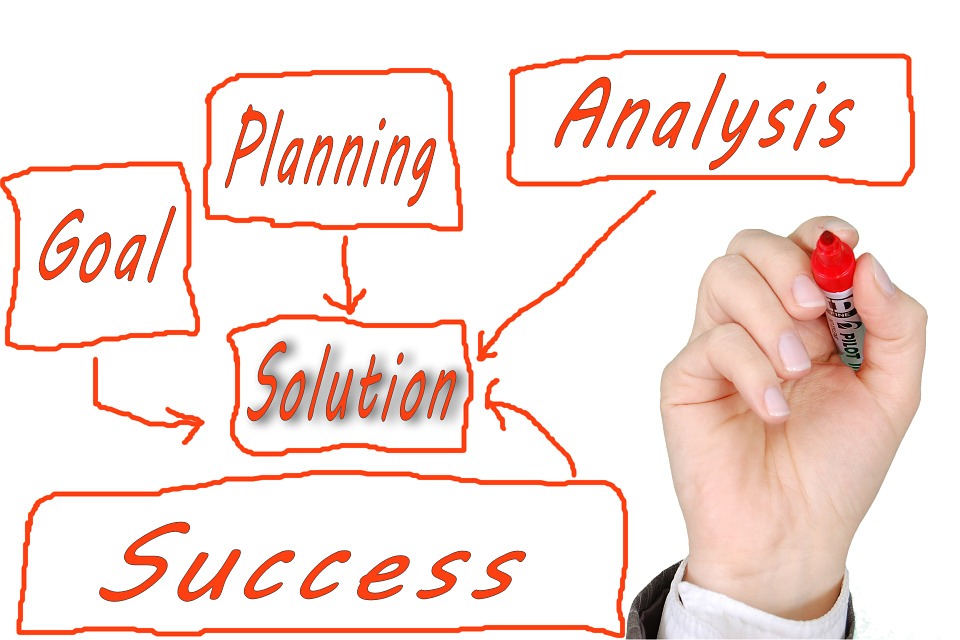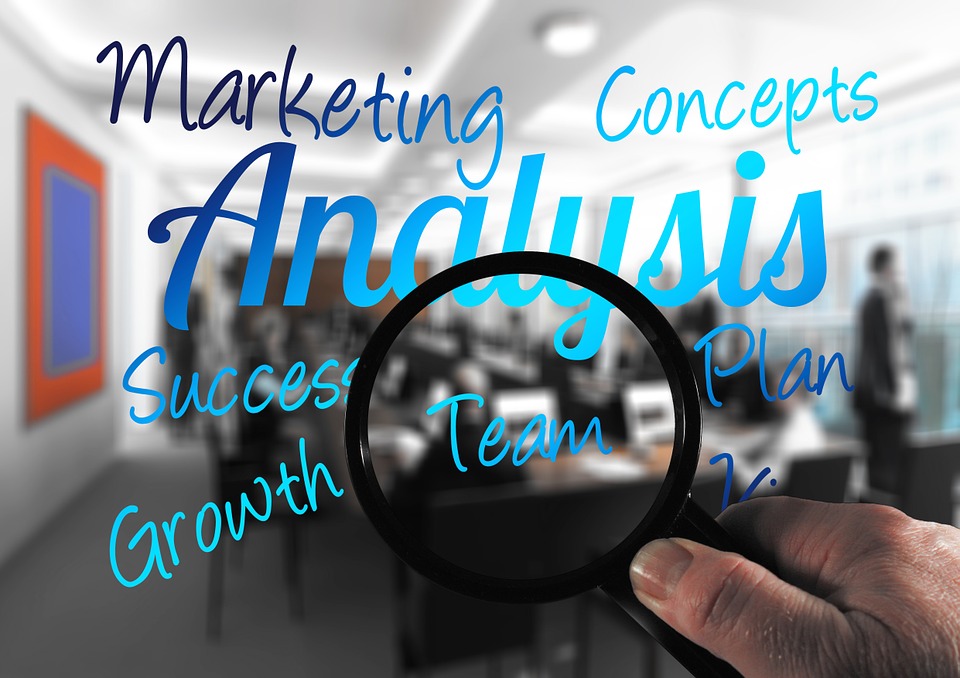As I shared in my last article, there are plenty of statistics that indicate the positive effect a diverse workforce can have on business results. Now the question is, how do you get there? It needs to be more than just saying you practice diversity. Or that you make sure you tick the EEO boxes in your hiring and firing practices. It needs to be a concerted effort – headed by leadership – to create a culture that considers all activities – communication, recruiting, hiring, promoting, company gatherings, team assignments, terminations, etc. – through a lens of diversity and inclusion.
You need to walk the talk. Here are some tips for doing that.
Demonstrate your commitment to diversity through the images on your website and in recruiting collateral. Be sure they are actual images of your workforce and not stock images.
Review job posting language through the lens of diversity and inclusion. Words matter. Terms such as “rockstar, “ninja” or “guru” may discourage some perfectly qualified people from applying. Use gender neutral language. Sometimes it’s as simple as changing “manage” to “develop.” A recent KQED article noted that “if you say manage a team, the applicants are primarily male. If you say develop a team, it tends to be female. And when you say lead a team, it tends to be neutral.”
Emphasize the impact of the role. Studies show that men will apply for jobs when they meet only 60% of the requirements, whereas women don’t feel confident to apply unless they meet 100% of the requirements. Consider only including the must-have requirements (versus adding all of the nice-to-haves) and focusing more on the impact the candidate would make in the position.
Confirm your commitment to diversity and inclusion on a regular basis by ensuring that teams, projects, promotions and other opportunities are open to the broader definition of diverse individuals – gender, ethnicity, points of view, sexual orientation, etc.
Encourage conversation to promote understanding. Consider organizing group conversations of diverse employees where participants share their different perspectives and experiences.
Build awareness around microaggressions. Often, seemingly innocuous statements or questions can make others feel uncomfortable. “Where are you from originally?” “Wow! You are so well-spoken.” “You’re strong for a girl.” Statements and questions that subtly imply assumptions based on gender or race do not promote inclusion.
Building a culture of diversity and inclusion takes time and effort. It’s about changing mindsets and creating an environment that allows all to feel welcome and to thrive. It begins with you, as the leader, walking the talk.
If you need help in incorporating diversity into your hiring practices and/or culture, please contact me at michelle@connecttohr.com.














